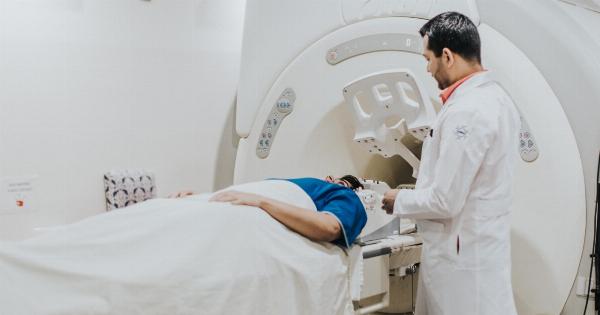With the widespread use of microwave ovens in our homes and the growing concern about the potential health risks associated with radiation, many people find themselves wondering whether they should be worried about microwave radiation.
In this article, we will explore the science behind microwaves, the levels of radiation they emit, and the potential health effects to help you make an informed decision.
The Science behind Microwaves
Microwaves are a form of electromagnetic radiation that falls within the spectrum between radio waves and infrared radiation.
They operate at a frequency of around 2.45 gigahertz, which allows them to efficiently heat food by causing the water molecules inside it to vibrate. This vibration generates heat, which then cooks the food.
Contrary to popular belief, microwaves do not use ionizing radiation, which is the type of radiation associated with detrimental health effects such as DNA damage and cancer.
Instead, microwaves use non-ionizing radiation, which has less energy and does not have the ability to break chemical bonds or damage DNA in cells.
Levels of Microwave Radiation
The levels of radiation emitted by microwave ovens are regulated by international safety standards. These standards set limits on the amount of radiation that can leak from a microwave during operation.
In most countries, the maximum allowable limit is 5 milliwatts of microwave radiation per square centimeter at a distance of 5 centimeters from the oven’s surface.
It is important to note that modern microwave ovens are designed with safety features that prevent radiation leakage.
As long as you use a properly functioning and undamaged microwave, the levels of radiation you are exposed to should be well within the safety limits.
Health Effects of Microwave Radiation
Studies conducted on the effects of microwave radiation have not found any conclusive evidence linking exposure from microwaves to adverse health effects in humans.
The non-ionizing radiation emitted by microwaves does not have enough energy to cause direct harm to cells or DNA.
However, it is worth noting that some studies have suggested a possible link between long-term exposure to low levels of microwave radiation and certain health issues.
For example, a study published in the International Journal of Environmental Research and Public Health reported an association between microwave exposure and an increased risk of certain types of cancer, including brain cancer. However, it is important to highlight that more research is needed to establish a definitive link and determine the underlying causes.
Safety Tips for Using Microwaves
To minimize any potential risks associated with microwave radiation, you can follow these safety tips:.
1. Use a properly functioning microwave:
Ensure that your microwave is in good working condition and free from any damages that may lead to radiation leakage.
2. Maintain a safe distance:
Even though the levels of radiation emitted by microwaves are low, it is advisable to maintain a safe distance while the oven is in operation. This will reduce your exposure to any minute leakage.
3. Avoid standing too close:
Keep a safe distance from the microwave while it is operating to limit your exposure to any residual radiation that may be released when you open the oven door.
4. Use microwave-safe containers:
Always use microwave-safe containers and avoid materials such as metal or aluminum foil that can reflect microwaves and cause sparking or fire hazards.
5. Ventilate the area:
Make sure that the area where your microwave is located is well-ventilated to disperse any potential smoke or odors that may arise from cooking accidents.
Conclusion
Considering the scientific evidence available, there is currently no reason to be overly worried about microwave radiation from well-functioning and undamaged microwave ovens.
The non-ionizing radiation they emit falls within safe levels regulated by international standards. However, it is always a good practice to follow safety guidelines and exercise caution when using any household appliance.






























